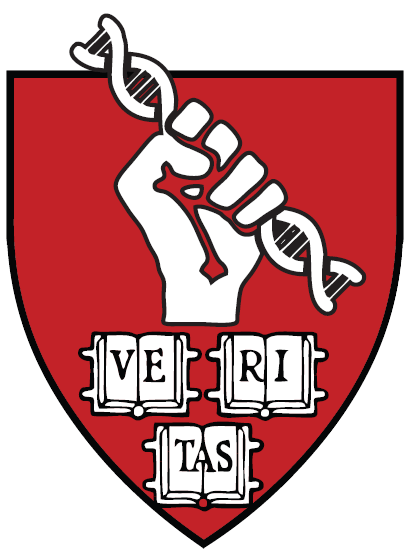Team:Harvard/Judging
From 2011.igem.org
| Line 40: | Line 40: | ||
'''✓''' <html><x>Educated</x></html> local high school students about synthetic biology to provide accurate information from sources other than the media. | '''✓''' <html><x>Educated</x></html> local high school students about synthetic biology to provide accurate information from sources other than the media. | ||
| + | =Foundational Advance= | ||
| + | ==Combining Computational Design, High-throughput Synthesis, and Selection== | ||
| + | We <html><x>brought together 3 new technologies</x></html> to create a working pipeline that allows scientists <html><x>to engineer novel protein-DNA interactions</x></html>. Our methods represents a fundamentally different way of building new biological parts and devices: using selection on a large computationally designed library of potential designs. | ||
| - | + | ==Putting parts and devices on the genome== | |
| + | <html><x>The genome is the next frontier in synthetic biology</x></html>. Our project has made use of genome modification in order to design a new device that allows the testing of DNA-protein interactions. We want the iGEM and the broader synthetic biology community to use these techniques as an alternative to plasmids. To encourage their adoption, we have submitted new E. coli chassis that allow easy genome modification, and we have provided detailed protocols for their use. | ||
Revision as of 01:36, 29 October 2011
Wiki Highlights
- Read our project description and summary on our Project page: more details on how team members completed work for the three sections of our project are on Design, Synthesize, and Test pages, respectively.
- Results of all parts of our project (including our biobricks) are located on our Results page, along with an Attributions and Acknowledgments section.
- Human practices can be found on our Human Practices page.
- Please be sure to stop by our poster during the poster session with any questions.
Accomplishments
Experimental Results
✓ Researched zinc finger proteins and choose 6 novel,
✓ Generated
✓ Used three recently developed technologies together for the first time: a
✓
✓ Created a
✓ Found up to
Biobricks and Protocols
✓ Submitted
✓ Created several
✓ Used and shared our
✓ Made protocols, Biobricks, and source code
Human Practices
✓
✓ Researched
✓ Created a
✓ Handed out
✓
Foundational Advance
Combining Computational Design, High-throughput Synthesis, and Selection
We
 "
"









